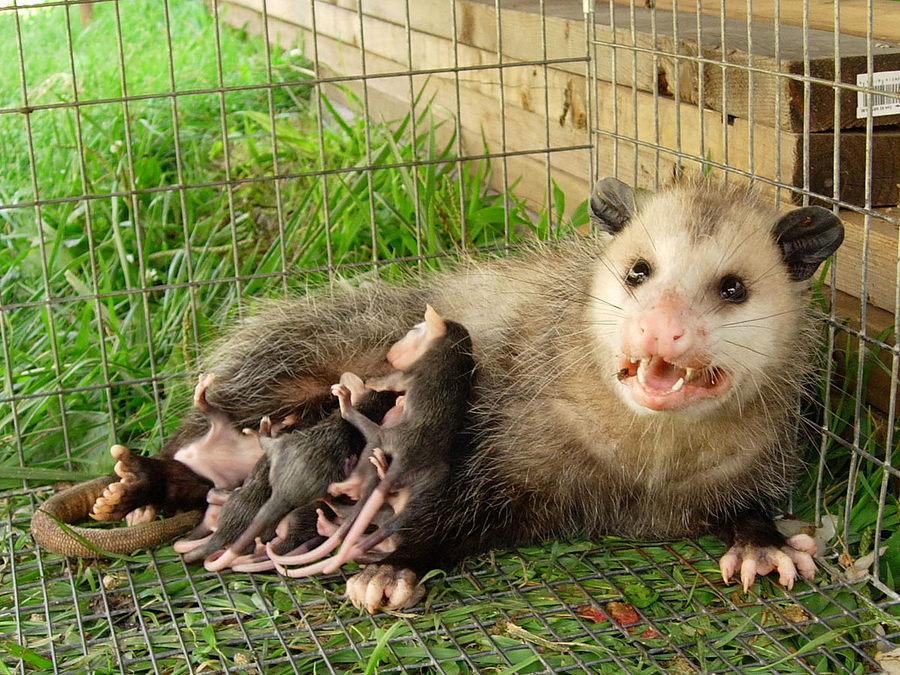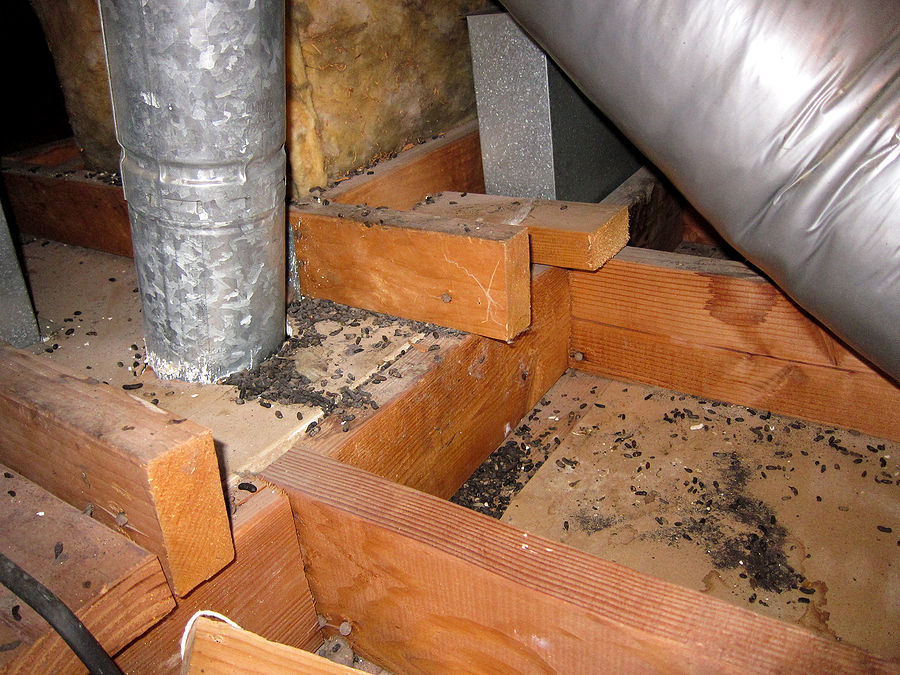We think of our home as our property, something which belongs to us and our family. Wild animals, on the other hand, see any place that they can inhabit safely as free real estate. Some may see this as a simple nuisance, but the problem of invasive pests goes far deeper than their presence in your home. Critters can put themselves and your family in danger just by continuing to exist in an environment that was not made for them. Professional removal is usually needed to deal with invasive pests. But it can help to know what you’re dealing with before you proceed.
Most Common Invasive Critters

Part of Texas’s natural beauty lies in its wildlife diversity. However that beauty is a little less awe inspiring when it’s chewing up your electrical cords and using your insulation as a bathroom. Your uninvited guests may differ greatly depending on your region, but here in The Woodlands, the most common critters you’ll find include opossums, raccoons, skunks, squirrels, mice, rats, bats, and snakes.
Time of Day
Wild animals have different periods of activity in any given 24-hour block. If you pay attention to what time of day the noise is most apparent, it can help narrow down what may be causing you trouble. Some critters are diurnal or more active during the day, while others are nocturnal, their most active times being at night. Pay attention to when you hear the sounds of scampering and gnawing in your attic, and be sure to pass this information on to your removal professional.
Squirrels are highly active during the morning and daylight hours as they search for food, mate, and protect their territory. Listen for ‘grinding’ noises like something is chewing it’s way through the attic. If you hear gnawing and squeaking in the middle of the night, you are likely dealing with a mouse or rat. Bats and raccoons are most active around dusk and dawn, when you will be near them, leaving and returning from their nocturnal activities. Possums have a general activity time of 11 pm to around 2 am.
Time of Year
It’s important to remember that though wild pests can be a nuisance, their invasion of your home isn’t personal. They are looking for a safe, warm place to sleep and raise their young. A satisfying nest may be home to the same critter year after year, or even passed down through generations. Note what season in which you get the most activity. This can also help you preplan down the line to prevent repeat occurrences.
Squirrels move inside after mating season and produce a litter around late February to early March. They tend to produce two to four offspring, but it is possible for a female to carry as many as eight. Rats and mice do not have a breeding season and can produce around six to twelve offspring in each cycle. This can be a serious problem because the gestation cycle of a rat is only around twenty-one days, with a two-day layover period before they can breed again. Raccoons will have two to five babies once a year, typically giving birth around March or April. Most bats will only have one or two babies once a year, though they can produce as many as four in some species. However, bats tend to roost in colonies, meaning there is likely more if there is one pregnant female bat.
Smells and Droppings

The scent a pest can leave behind ranges from mild to outright rank, depending upon how long they have been present and how many there are. Some are less obtrusive, taking time before the scent becomes noticeable in the human areas of the house. On the other hand, some animals leave behind a pervasive scent that is sickening to inhale. Beyond just being offensive, the offal poses a serious health risk to your family and may require professional cleaning services.
Rodent droppings are the easiest to identify. They will be brown, curved, and resemble grains of rice. The scent of their urine has a strong resemblance to ammonia. The same is true of squirrels and bats. Raccoon urine resembles the scent of a rotting carcass and can carry Leptospirosis, which is toxic to pets and humans. Possum urine is described as a dozen times worse than male cat spray and leaves brown stains in its wake.
Nesting
Any critter that roots around where it shouldn’t be will cause property damage as it builds and expands its nest. They can chew up wires, block air ducts, leave feces and urine around, and cause expensive repairs as they attempt to make a nest for themselves. The type of damage you see can go a long way towards helping identify the culprit.
Squirrels, rats, and mice can be tricky, as their size allows them to take advantage of small openings leaving very little evidence of their invasion from the outside. If you think a squirrel is the culprit, look for hollow nests packed with leaves, grass, moss, and insulation, along with the previously mentioned signs. Rat nests often seem like bird nests at first glance and are made up of soft materials like insulation, cloth, and torn-up paper. Rats also leave greasy trails as they travel around their home, so look for smears along your attic. If it is still greasy to the touch, it’s fresh. Since bats don’t build nests so much as congregate together, they are pretty easy to spot during the daytime. However, if you can’t find these nocturnal pests, look for signs of accumulated guano and the smell of bat urine.
This information can be a big help to your wildlife removal professional. Remember that while you can take steps to help prevent or deter critters from taking over your home, there are substantial risks involved in handling a wild animal yourself. Trust the professionals at Woodlands Wildlife to take care of the nuisance so you can get back to enjoying your home.
